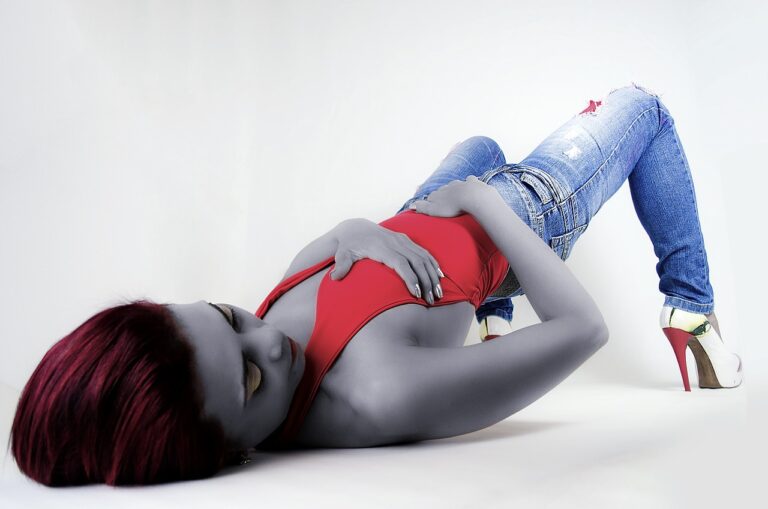The Evolution of Workwear Fashion in the Modern Workplace
Workwear fashion has a long and rich history, originating from the need for durable and practical clothing in various industries. In the early 20th century, workwear was primarily designed for functionality, focusing on providing protection and comfort to workers in fields such as agriculture, manufacturing, and construction. The emphasis was on sturdy materials and utilitarian designs that could withstand the demands of physical labor.
Over time, workwear fashion evolved to become more than just practical clothing for laborers. In the mid-20th century, workwear styles began to influence mainstream fashion, with iconic pieces like denim overalls and chore jackets becoming popular among the general public. This shift marked the beginning of workwear’s transition from a purely functional necessity to a symbol of authenticity and rugged individualism in fashion circles.
Influence of Technology on Workwear Trends
The integration of technology into workwear has revolutionized the industry, offering functionality beyond traditional aesthetics. Smart fabrics embedded with sensors now enable workers to monitor their own health metrics in real time, enhancing safety and well-being on the job. For instance, workwear designed with moisture-wicking capabilities and odor-resistant properties not only provide comfort but also maintain a professional appearance throughout the workday.
Moreover, advancements in materials engineering have led to the development of flame-resistant and anti-static workwear, catering to industries with high-risk environments such as oil and gas, construction, and manufacturing. These innovative fabrics not only prioritize worker safety but also ensure durability and longevity of the garments, reducing the need for frequent replacements. By blending performance-driven features with contemporary design elements, technology has truly elevated the standards of workwear, making it more functional, protective, and sustainable than ever before.
How has technology influenced workwear trends?
Technology has influenced workwear trends by introducing functional and innovative fabrics, designs, and features that cater to the evolving needs of modern workers.
What are some examples of how technology has impacted workwear fashion?
Some examples include the use of moisture-wicking fabrics for breathability, reflective elements for safety, and stretch materials for increased mobility and comfort.
How has the history of workwear fashion shaped the trends we see today?
The history of workwear fashion has laid the foundation for durable, practical, and functional clothing that is still valued today. Many modern workwear trends are inspired by classic workwear styles.
How can individuals incorporate technology-driven workwear trends into their wardrobe?
Individuals can incorporate technology-driven workwear trends by investing in pieces that are designed with performance and functionality in mind, such as moisture-wicking shirts, durable pants, and safety toe boots.
What are some upcoming workwear trends that are expected to be influenced by technology?
Some upcoming workwear trends that are expected to be influenced by technology include wearable technology integration, sustainable and eco-friendly materials, and customizable workwear options.





